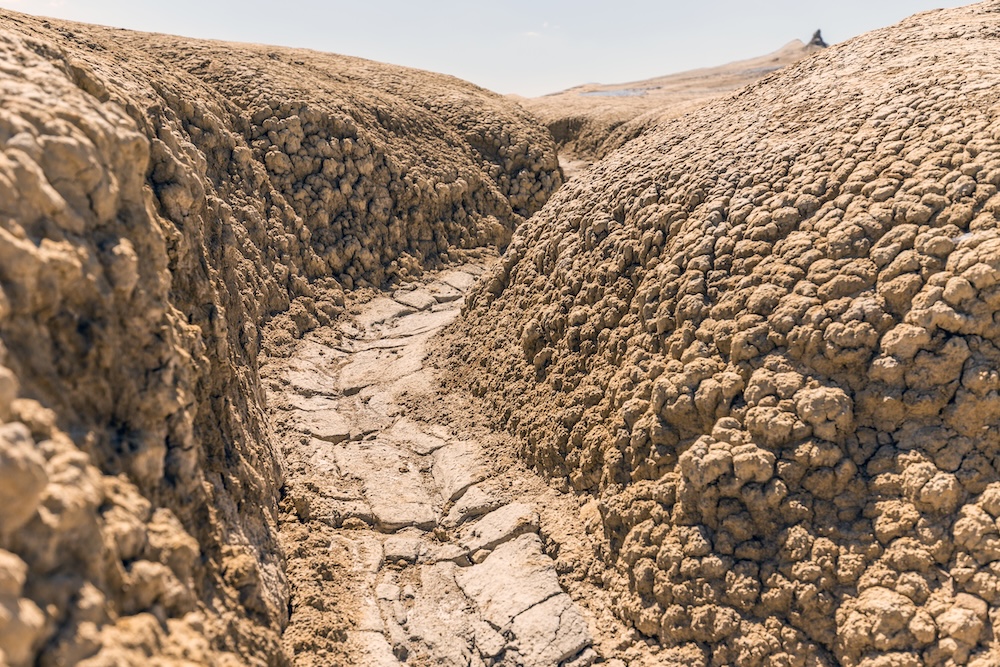When water runs dry, farmland turns to dust, or fisheries collapse, the consequences go far beyond empty plates and parched fields. Across the globe, climate change is intensifying competition for basic resources, creating new fault lines for conflict and deepening existing inequalities. For millions of people, the crisis is not only environmental — it’s political, social, and deeply personal.
The Climate–Conflict Connection
Climate change doesn’t cause wars on its own, but it acts as a threat multiplier. By worsening droughts, floods, storms, and heatwaves, it strains the systems people rely on for survival — food, water, shelter, and jobs. When these systems fail, tensions between communities, regions, or nations can escalate, particularly in areas where governance is already weak.
According to the Intergovernmental Panel on Climate Change (IPCC), climate-driven disruptions to natural resources have already contributed to instability in parts of Africa, the Middle East, and Asia, where dependence on climate-sensitive livelihoods is high.
Where Resource Scarcity Hits the Hardest
Water Shortages
Freshwater is often the first flashpoint. Rivers and aquifers that cross borders — like the Nile, Indus, and Mekong — are critical to agriculture, energy, and daily life for millions. Reduced rainfall, glacial melt, and overuse can turn these lifelines into points of contention.
Example: In the Nile Basin, upstream dam construction and changing rainfall patterns have heightened tensions between Ethiopia, Sudan, and Egypt, each dependent on the river for survival.
Food Insecurity
Climate impacts on agriculture can reduce yields, raise food prices, and cause supply disruptions. Scarcity can lead to hoarding, unfair distribution, and even the weaponization of food in conflicts.
Example: In the Sahel region of Africa, shifting rainfall patterns and prolonged drought have reduced grazing land and water for pastoralist communities, triggering disputes with farmers.
Energy Competition
Hydropower, biofuels, and even fossil fuel extraction can become contested when climate change alters the availability or location of resources. Reduced river flow can cut hydropower output, pushing regions to compete for alternative energy sources.
Livelihood Collapse
Fishing communities face declining catches as warming waters shift fish stocks or trigger coral reef die-offs. When local economies collapse, migration often follows, creating new pressures in host communities.
The Inequality Dimension
Climate resource scarcity doesn’t affect everyone equally. Vulnerable groups — including low-income households, rural communities, Indigenous peoples, women, and marginalized ethnic groups — often have the least access to alternative livelihoods or political influence, making them more exposed to harm.
In many cases, wealthier regions or individuals can adapt by importing food, drilling deeper wells, or relocating. Those without such options are left behind, locked into cycles of poverty that climate change only reinforces.
How Scarcity Fuels Conflict
Competition Over Local Resources
As resources grow scarce, competition intensifies within and between communities. In areas where governance and dispute resolution are weak, these tensions can spiral into violence.
Forced Migration
Climate-driven migration is rising. When large numbers of people move into new areas, it can strain infrastructure, increase unemployment, and stoke xenophobia — all of which raise the risk of unrest.
Geopolitical Friction
Shared resources like rivers, fisheries, or pasturelands can become sources of cross-border disputes. Without cooperation agreements, even small disruptions can trigger diplomatic or military tensions.
Criminal Exploitation
Scarcity can create opportunities for organized crime or armed groups to control and profit from resource access, further destabilizing regions.
Building Resilience and Reducing Risk
Strengthening Resource Governance
Transparent, equitable management of water, land, and energy resources can reduce competition. This includes cross-border treaties, community-led management, and clear allocation systems.
Climate-Smart Agriculture
Investing in efficient irrigation, drought-resistant crops, and soil restoration can help maintain food security under changing conditions.
Early Warning Systems
Monitoring climate and resource trends can give governments and communities time to prepare for shortages, reducing the likelihood of conflict.
Supporting Vulnerable Communities
Social safety nets, livelihood diversification, and access to education and healthcare help reduce inequality and improve resilience to shocks.
International Cooperation
Climate change and resource scarcity are global issues. Sharing technology, funding adaptation projects, and honoring climate finance commitments are essential to preventing resource-related instability.
FAQs / Common Questions
Is climate change already causing wars?
While climate change alone doesn’t start wars, it has been linked to increased conflict risk in areas where governance is weak and resources are scarce.
Which resources are most at risk from climate change?
Water, arable land, fisheries, and pasture are among the most vulnerable to climate-driven disruption.
Can resource scarcity be managed peacefully?
Yes, through proactive governance, fair allocation, and international agreements. Countries that cooperate on shared resources tend to avoid violent conflict.
Final Thoughts
The story of climate change is not just about rising seas and melting ice — it’s about the human struggle for survival when the basics become scarce. How we manage shared resources will determine whether scarcity breeds cooperation or conflict. Addressing inequality, investing in resilience, and fostering cooperation aren’t optional extras; they are the front lines of climate action.









Reader Interactions